A Brief History of Flag Day
Flag Day is celebrated every June 14th in the United States. It honors the day in 1777 when the Second Continental Congress approved the design of the first American flag. The flag had 13 stripes and 13 stars, representing the 13 original colonies.
The idea of a special day to celebrate the flag came much later. In 1885, a schoolteacher named Bernard J. Cigrand held the first known Flag Day at his school in Wisconsin. He believed the flag deserved its own holiday and spent many years trying to make that happen.
Over time, more people started celebrating Flag Day. In 1916, President Woodrow Wilson officially declared June 14th as Flag Day. However, it was not made a national holiday. In 1949, Congress passed a law that made Flag Day a permanent observance, but it still isn’t a federal holiday, which means schools and businesses usually stay open.
Flag Day is a time to show respect for the American flag and what it stands for: freedom, unity, and the history of the United States. Many communities hold parades, raise flags, and teach about the flag’s history to honor this important symbol.
A Flag Day Craft for Young Learners
This paper plate flag craft activity is a fun way to celebrate Flag Day with your students. Feeding the yarn through the punched holes in the plate is a great way to strengthen hand-eye coordination and fine motor skills. Bonus – it isn’t too messy since no paint is used!
All you need to make this fun craft is:
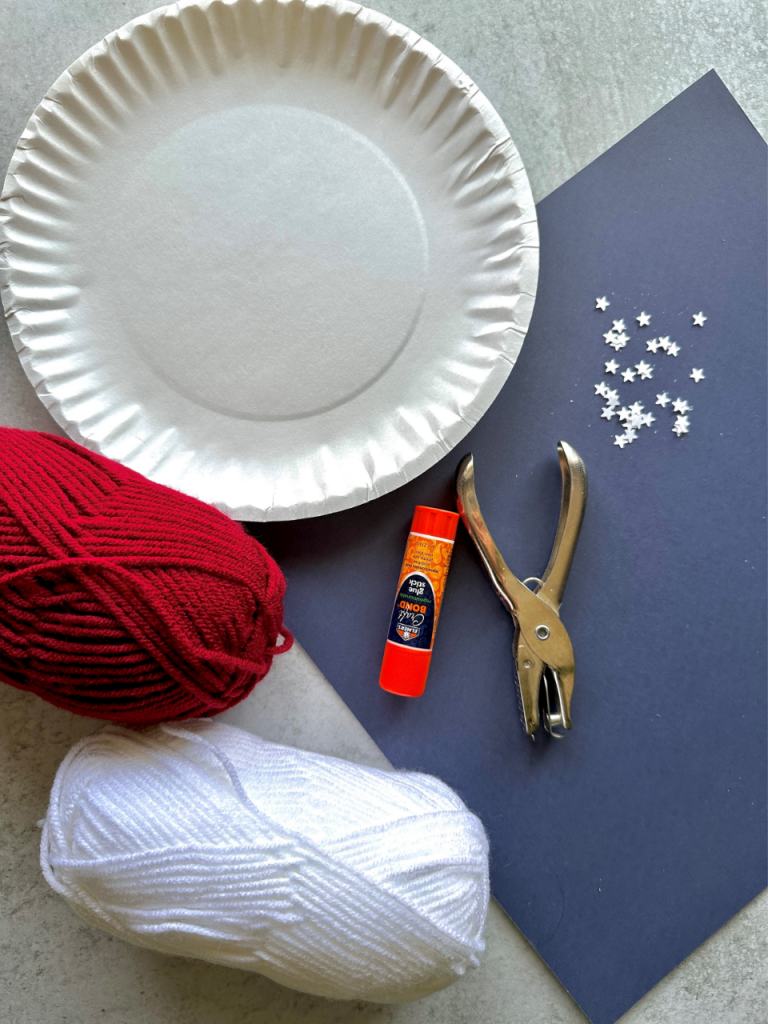
Star punch or white paper stars
How to assemble the paper plate flag:
- Punch 13 holes in each side of the plate. Try to keep them as even as possible. (You can fold the plate in half to ensure the holes are even, and then let your students use that one as a guide.)
- Depending on your students’ abilities, either provide pre-cut pieces of yarn or have them cut off 7 pieces of red and 6 pieces of white yarn.
- Have students thread yarn through the holes and across the front of the plate.
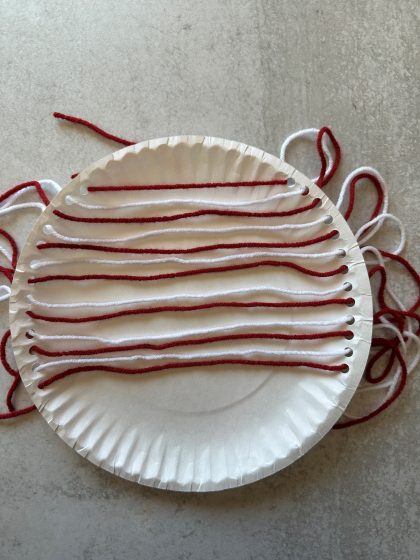
- Fasten the yarn in the back by tying the two ends together or knotting each end. If these are both too difficult for students, they may tape the ends onto the back of the plate.
- If using the star punch, punch stars out of white paper.
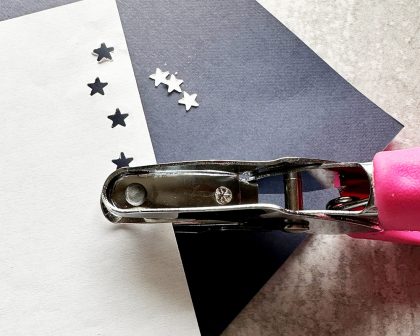
- Glue stars to a square of blue construction paper.
- Place the blue construction paper in the upper left-hand corner of the flag and attach it to the top piece of yarn.
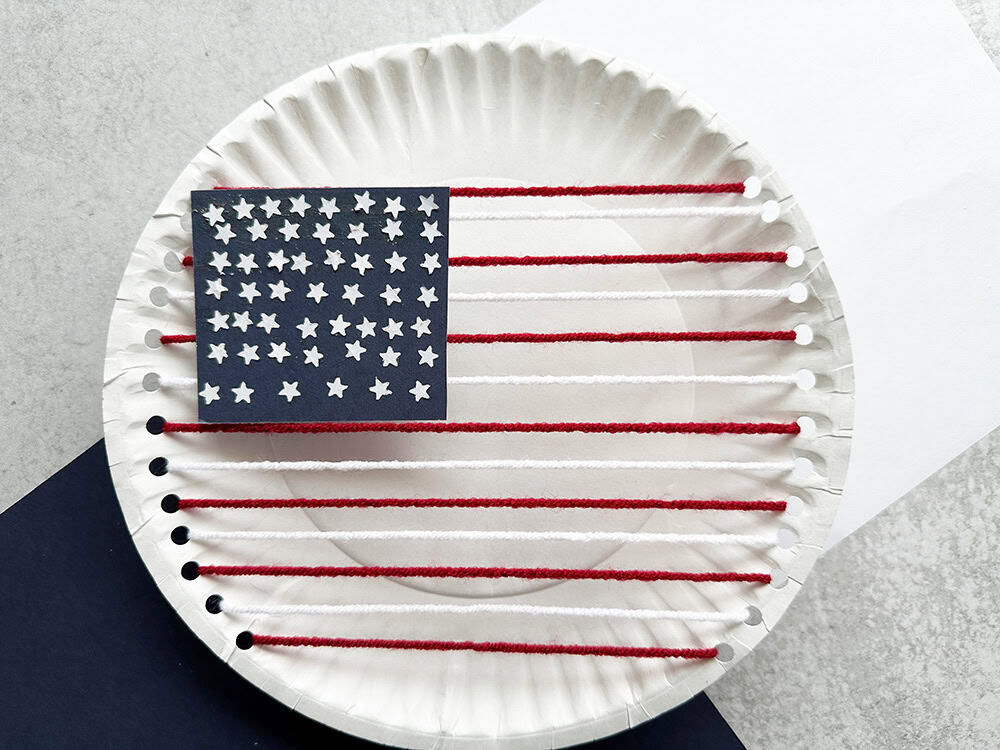

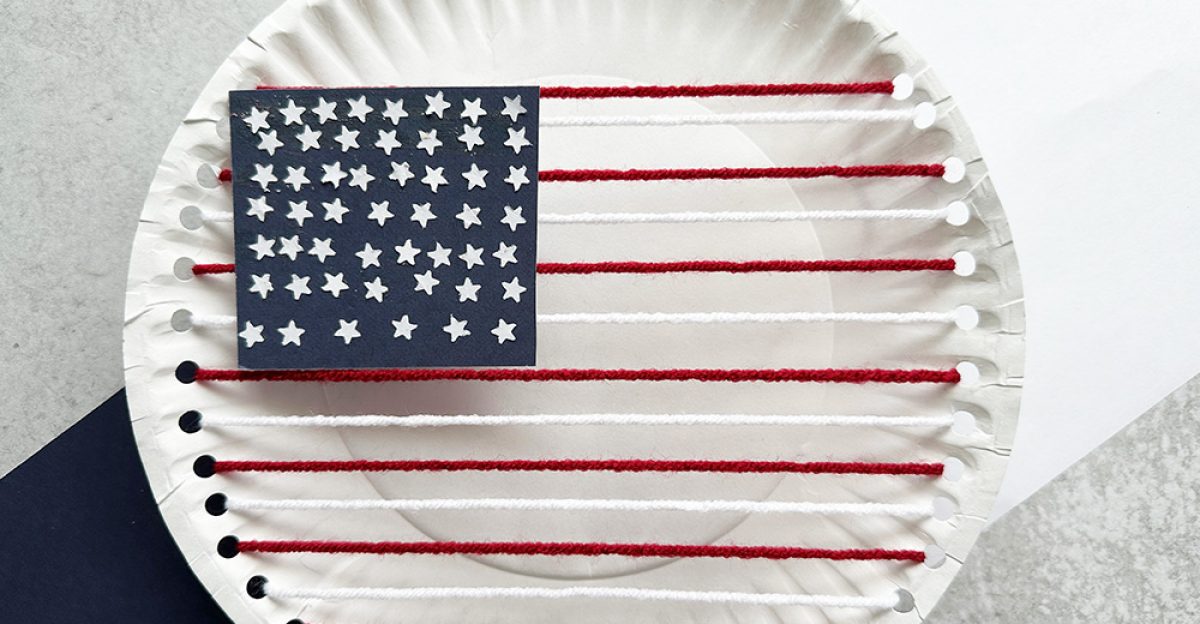
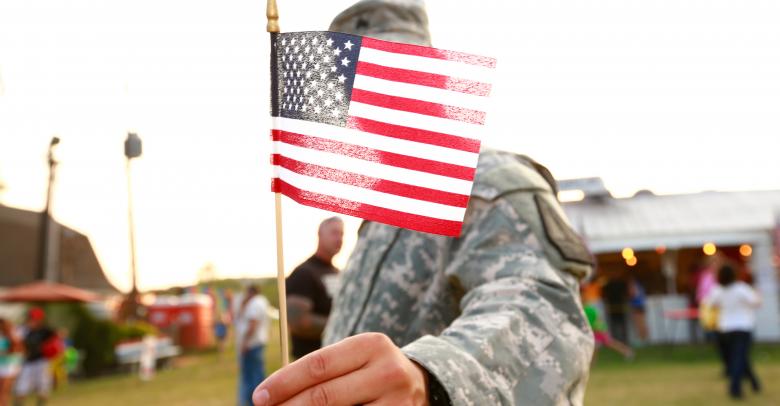
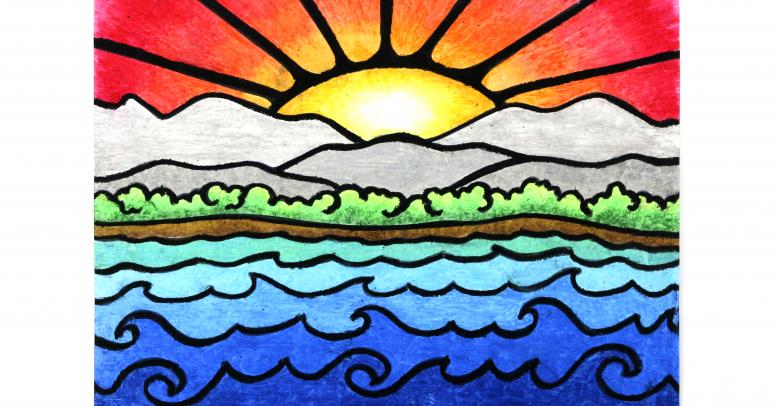
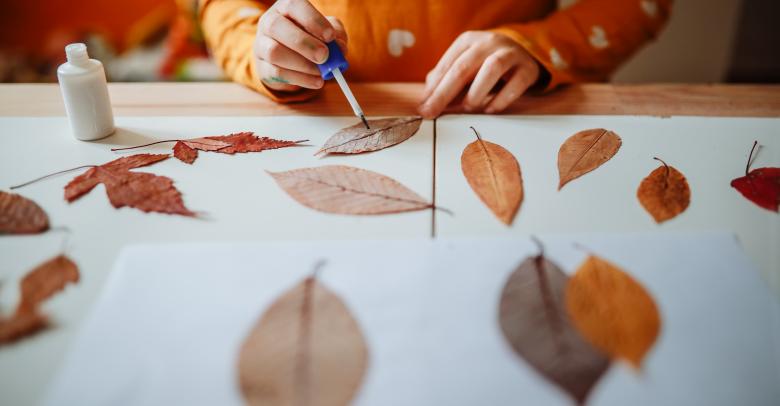
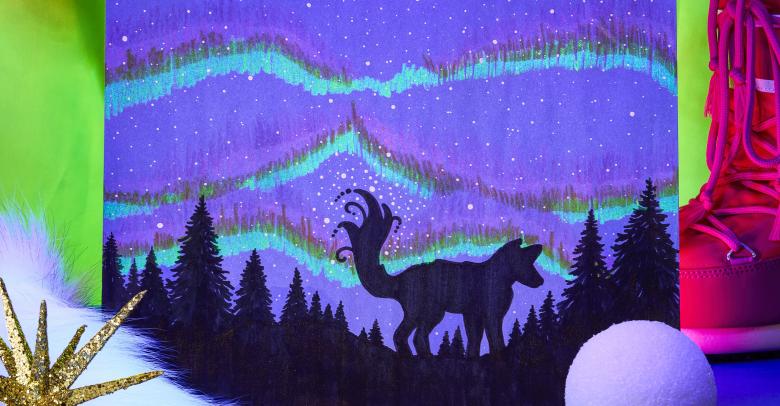
It’s great to see a post that blends history with hands-on learning. Combining the story of Flag Day with a craft makes it more memorable for kids—plus, threading yarn is a smart way to build fine motor skills.
Thanks so much for the kind comment! – Maureen